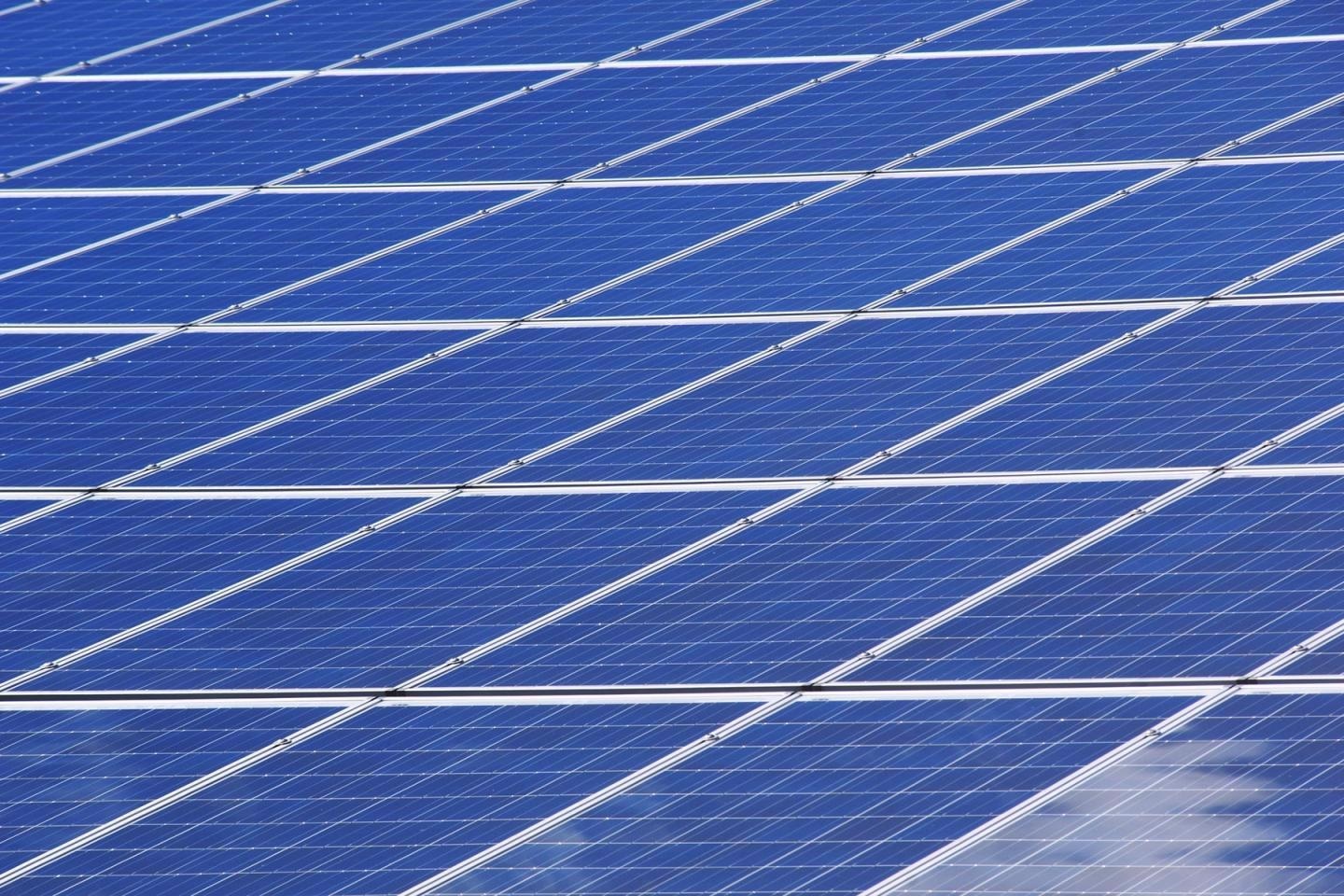Dec 7 2020
At Arizona State University, scientists have developed a new system to quantify the long-term solar performance in scalable photovoltaic systems. The study represents a revolution in the cost and longer life span of interconnected power delivery.
 New solar performance monitoring system has the potential to become an IoT of photovoltaics. Image Credit: Pexels.
New solar performance monitoring system has the potential to become an IoT of photovoltaics. Image Credit: Pexels.
Inside the lab everything is controlled. Our research has developed a way to use Suns-Voc to measure solar panels’ degradation once they are outdoors in the real world and affected by weather, temperature and humidity.
Alexander Killam, Electrical Engineering Doctoral Student and Graduate Research Associate, Arizona State University
Existing photovoltaic modules are predicted to persist for 25 years at an efficiency of 80%. The aim is to extend that time frame to five decades or longer.
“This system of monitoring will give photovoltaic manufacturers and big utility installations the kind of data necessary to adjust designs to increase efficiency and lifespans,” stated Killam, the lead author of “Monitoring of Photovoltaic System Performance Using Outdoor Suns-Voc,” published in the journal Joule.
For instance, a majority of the methods for quantifying outdoor solar efficiency need one to detach from the power delivery mechanism. The new method can automatically quantify every day at the time of sunrise and sunset, without interfering with power delivery.
When we were developing photovoltaics 20 years ago, panels were expensive. Now they are cheap enough that we don’t have to worry about the cost of the panels. We are more interested in how they maintain their performance in different environments.
Stuart Bowden, Associate Research Professor and Head, Silicon Section, Solar Power Laboratory, Arizona State University
“A banker in Miami underwriting a photovoltaic system wants to know in dollars and cents how the system will perform in Miami and not in Phoenix, Arizona,” added Bowden.
“The weather effects on photovoltaic systems in Arizona will be vastly different than those in Wisconsin or Louisiana,” stated Joseph Karas, co-author of the study, who is currently a materials science doctoral graduate at the National Renewable Energy Lab. “The ability to collect data from a variety of climates and locations will support the development of universally effective solar cells and systems.”
The researchers could test their method at ASU’s Research Park facility, where the Solar Laboratory is mainly solar-powered. For its further step, the laboratory has been in talks with a power plant in California that is finding ways to add a megawatt of silicon photovoltaics to its power profile.
The system has the ability to track reliability and lifespan remotely for huge, interconnected systems and will be a major advancement for the power industry.
Most residential solar rooftop systems aren’t owned by the homeowner, they are owned by a utility company or broker with a vested interest in monitoring photovoltaic efficiency.
André Augusto, Study Co-Author and Head, Silicon Heterojunction Research, Solar Power Laboratory, Arizona State University
“Likewise, as developers of malls or even planned residential communities begin to incorporate solar power into their construction projects, the interest in monitoring at scale will increase,” added Augusto.
Bowden feels that it is all about the data, specifically when it can be tracked remotely and automatically—data for developers, data for the bankers, and data for the utility providers.
If Bill Gates’ smart city, proposed to be built 30 miles from Phoenix in Buckeye, Arizona, employs the measurement technology developed by the team, “It could become the IoT of photovoltaics,” stated Bowden.
This material depends on the study that was mainly funded by the National Science Foundation and the Department of Energy under NSF CA No.
Journal Reference
Killam, A. C., et al. (2020) Monitoring of Photovoltaic System Performance Using Outdoor Suns-VOC. Cell. doi.org/10.1016/j.joule.2020.11.007.